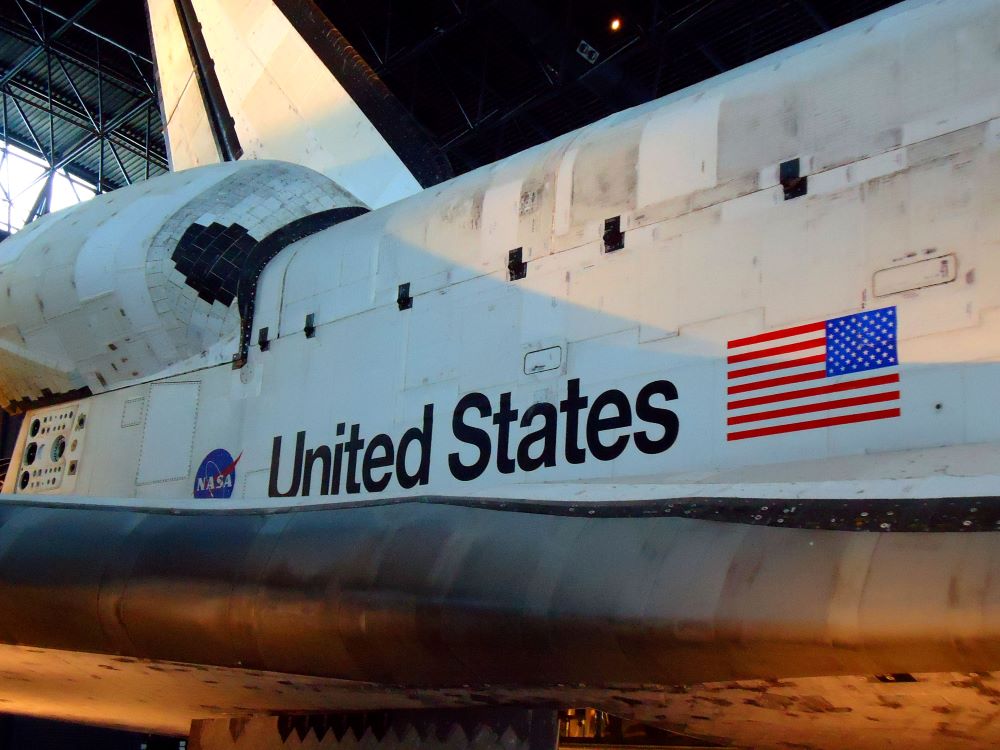
The events of 2020 shone a spotlight on the importance of diversity and inclusion, prompting businesses across the United States to find ways to get workplace diversity and inclusion right. Awakened to the impact of privilege and structural racism, compassionate business leaders are seeking to create more inclusive environments for their team members. Diversity is both a business imperative and a moral one. A richly diverse team can drive innovation, enhance creativity, offer broader perspectives, and promote better decision-making by challenging the status quo. Storytelling is a powerful way to help people understand how diversity impacts their teams and organizational outcomes. The story of the Columbia disaster has become something of a legend among organizational psychologists, and for very good reason. Let’s take a look into the story through the lens of diversity:
The Columbia Story
The day after Columbia’s final launch, two engineers at the Marshall Space Flight Center working in the Intercenter Photo Working Group noticed the foam strike on the left wing of the orbiter. Within an hour, personnel at Kennedy Space Center had also seen the impact on higher resolution images. What these pictures showed was that a large piece of foam from the External Tank had hit the orbiter’s left wing about 81 seconds after liftoff, but they couldn’t see exactly what damage was or even precisely where the impact occurred.

The Intercenter Photo Working Group members were very concerned and because they didn’t have any of their own pictures or video that could accurately show the extent of the damage, they decided to request ground-based imagery of Columbia on orbit. Unfortunately, this working group didn’t have direct access to the mission manager. So, they decided to request this support through the Shuttle Program Manager for Launch Integration at Kennedy Space Center, Wayne Hale. This was the first of 3 requests for imagery that were made during the STS-107 mission.
Once word got out that debris had impacted the orbiter during launch, a Debris Assessment Team was created to evaluate the risk. Oddly, the Mission Management Team and specifically the Mission Manager were not actively involved in directing its efforts or openly communicating with it.
A Failure to Listen
Ultimately, the Debris Assessment Team came to the same conclusion and made the second request for imagery. Again, due to a lack of participation by the Mission Management Team a decision was made to pursue the request through the Engineering Directorate at the Johnson Space Center. In his request, the co-chair of the team, Rodney Rocha, asked, “Can we petition (beg) for outside agency assistance?” Rocha believed there were ways they could explore reducing the risk if they better understood the damage. We don’t know if his ideas would have ultimately prevented the disaster, but it shows that there were things that could have at least been explored.
Despite the relatively little attention or support they received from the Mission Management Team, the Debris Assessment Team almost succeeded in getting their imagery request approved through the Department of Defense (DOD). However, when Linda Ham found out about it, she began questioning Mission Management Team Members and other Shuttle Program senior leaders, instead of going directly to the Debris Assessment Team members. When they were faced with a challenge to produce a requirement for imagery, none could do so, and a response was given to the DOD that there was no “official” request for imagery.
Had Linda Ham included the people in the conversation who were the closest to the problem, she may have made a different decision as she would have better understood the potential severity as well as possible mitigation strategies.
Lessons for 2021 and Beyond
We all know how this story ended. The power to take the lessons learned from the Columbia tragedy is now in our hands. When faced with unfamiliar or difficult challenges, it is particularly valuable to bring in a diversity of thought. And it’s not enough to just have those different perspectives in the metaphorical room. We must also ensure that each voice is included and treated with respect. These are the missing links to create real diversity in your company.
While most organizations are not making decisions that are life and death as the leaders at NASA were during Columbia’s final mission, your ability to add more value to the world increases when you create the emergent property of diversity in your organization.
In the coming weeks, the Gallaher Edge Blog will explore aspects of diversity in the workplace and offer guidance into how business leaders can encourage diversity of thought, communication, and action amongst teams. We’ll look into how the cultural elements of maturity, belonging, and respect can bring the power of diversity to the workplace. We invite our readers to be a part of this powerful conversation as we enter 2021 together.
For a behind-the-scenes look at the Columbia accident and how it shaped our ideas about culture, check out our new book – The Missing Links: Launching a High Performing Company Culture. For a limited time, the Kindle version on Amazon is only $0.99!
Ready to take your leadership to the next level? Get your FREE copy of my eBook, Level Up: 3 Steps to Be a Better Leader. Click here to download!

